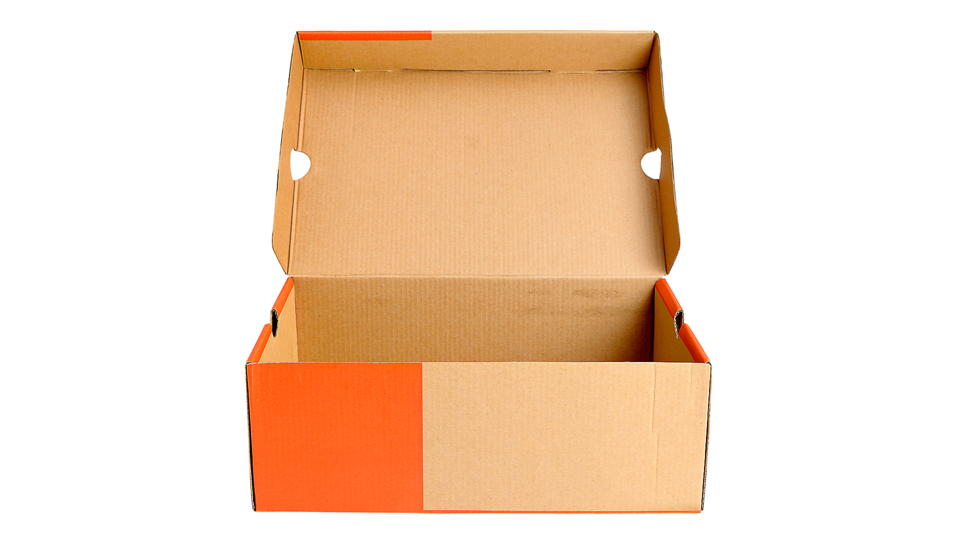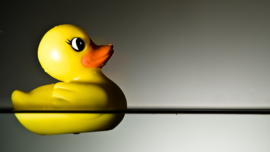Science for twos

From mini tornadoes to mystery boxes, doing science experiments with your toddler is a fun way to play.
Science experiments with your toddler are a fun way to play. Of course, I mean conducting experiments with your toddler (not on him).
We spent last weekend at the Science Center and there were some neat exhibits my toddler enjoyed that we are able to easily recreate at home:
- Makes Scents: Clean out mustard or ketchup "squeeze bottles." Drop some essential oils (peppermint, cinnamon, lavender) on cotton balls and drop into the squeeze bottles. Discuss the different scents and name them. Create a matching game: make pairs of squeeze bottles and label one set with letters and another with numbers; have your child identify the correct match for each.
- Mini Tornado: With two empty soda bottles, water, and some duct tape, you can create a tempest in a teapot—or at least a twister in a soda bottle. Now your child will know what you mean when you call her a tornado.
- Mystery Box: Cut a hole (large enough for your child's hand) in a shoe box. Please various objects in the shoe box (an orange, a rock, a silk scarf, some cotton balls. Help your child describe how each object feels. Ask your child to guess what is in the box.
- Rise to the Occasion: At Sciencing, find fun activities demonstrating science to kids of all ages.
- Sounds Good: Collect boxes of the same type (could be plastic containers, gift boxes, or even baby food jars if your child is old enough to not throw). Partially fill pairs of the containers with different dried beans, rice, or seeds, and label the pair on the bottom. If the container is transparent, cover. Have your child shake the containers and match the ones that sound the same.











